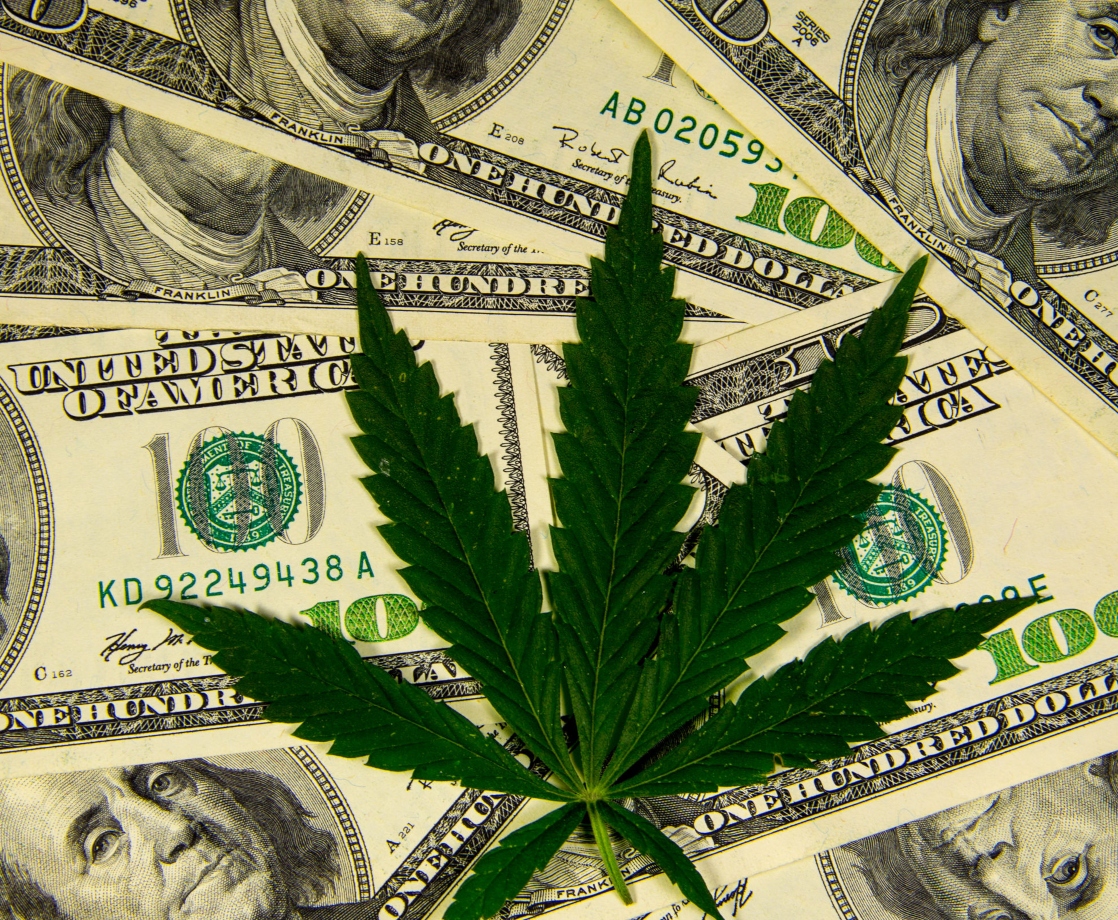Image via
On March 31, 2021, New York became the 15th state to legalize the sale of adult-use cannabis. Although official sales will have to wait until after the summer, the laws have already shifted regarding possession of small amounts of weed — and consuming cannabis in public.
Despite the relaxed laws, the Office of Cannabis Management, an independent state office established by the Marijuana Regulation and Taxation Act, launched a campaign called “Cannabis Conversations.” A program intended to inform the public about the safety concerns regarding legalization. Through the use of billboards, local television ads, and PSA’s, the informational clips and ads warn the public about the dangers of cannabis consumption.
In one 15-second clip, we see a mother informing her partner that they “left the cannabis on the counter where the kids can get it.” In another text she adds, “don’t worry, I locked it in the desk drawer.” The ads tackle many issues lawmakers have long used to vilify the “devil’s lettuce,” including driving while stoned and concerns about teens having easier access to the plant.
New Yorkers will also see the content appearing across social media platforms, including Facebook, Instagram, and Twitter. However, these ads will not be reaching the TikTok demographic. The platform, whose main users include adults aged 16-34, won’t allow the advertisements to be shown. Hell, TikTok is easily the most anti-weed platform of them all.
In a letter that was shared exclusively with RollingStone, Chris Alexander, executive director of the New York State office of cannabis management wrote, “This group includes a critical age range, of those over 18 but under 21, where brains are still growing and our messaging provides information on the risks they face at that young age if they use it. It also includes parents and other caregivers in their lives. unsafe and illegal to drive while impaired by cannabis, another important message for this age group where decision-making often leans toward risk-taking.”
For regulators looking to reach the younger demographic, this “one size fits all” censorship by the platform is a huge roadblock. According to Alexander, “If the local Channel Seven said no, okay, we’ll go to Channel Nine and Channel Five or Ten- we’ll still hit the market. It’s so different from TikTok because of the stronghold that they have on their users. There’s nowhere like it where the government — or anyone else — can reach that number of young people,” RollingStone reports.
While the committee struggles with policy change, TikTok’s platform is far from protected. A recent report by the Institute for Strategic Dialogue found an overwhelming amount of content that violates TikTok’s own community guidelines. While using a sample group of 1,030 videos from 491 accounts, at least 312 of those videos promoted white supremacy, and more than 200 expressed support for organizations or individuals known to be extremists or terrorists.
In an interview with The19th, Ciaran O’Connor, a researcher for the ISD, called the report a “first-of-its-kind examination of how TikTok is used to spread white supremacy, neo-Nazism or other forms of hate speech.”
While other social media platforms have seen policy changes both for and against cannabis advertising, TikTok won’t be invited to join our smoke session anytime soon.
(But you can check out the most recent ReeferMadness here.)











